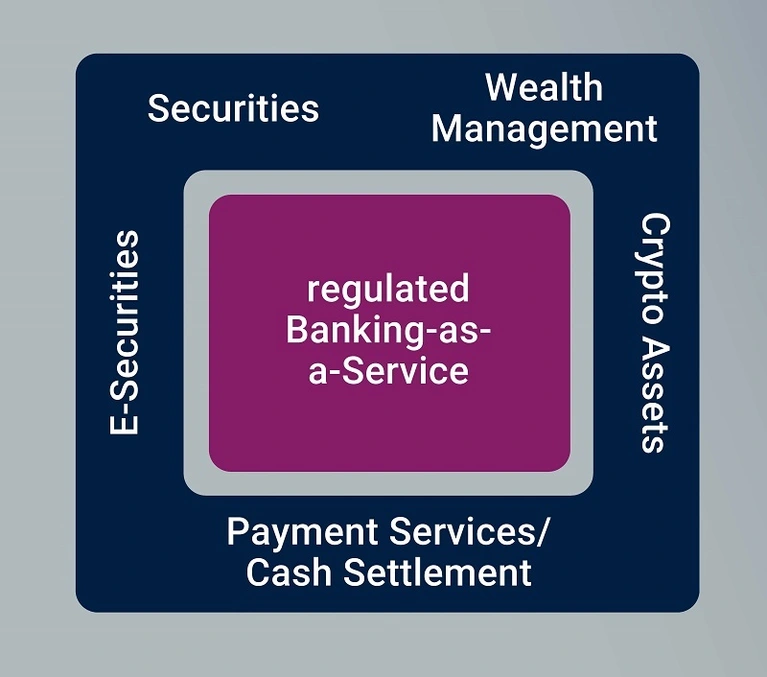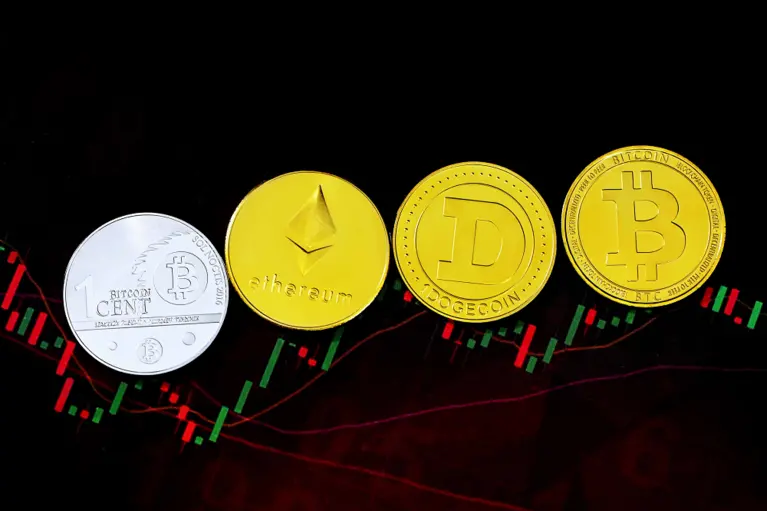Bitcoin has reached a new all-time high. Whether it will be the start of a more sustained boom or just a short-term bubble can be seen from the drivers. "This time, it's not private investors chasing memes that are driving the market, but institutional investors," says Hartmut Giesen, responsible for Business Development Fintech, Digital Partners and Crypto/Blockchain at Hamburg-based Sutor Bank. "And their goals are much clearer." A turning point will be heralded by shifts in demand.
Blackrock's Bitcon ETF responsible for 40 percent of the fund provider's net inflows
The driver of the rise in Bitcoin is the enormous inflows from the recently approved Bitcoin ETFs. "On the record day of February 28, the ETFs bought 612 million US dollars worth of Bitcoin - with a total trading volume in Bitcoin of around two billion dollars," says Giesen. "Blackrock's Bitcoin ETF is currently responsible for 40 percent of the fund provider's net inflows," says Giesen. "Even though it is just one of hundreds of products offered by the world's largest asset manager." The ETF now holds more than ten billion dollars in Bitcoin. The Bitcoin ETFs are currently buying up to ten times more Bitcoin than is being produced by the miners.
In contrast to previous booms, prices are not being driven by gambling, but by additional demand from new investors who can invest in crypto assets for the first time through ETFs. This can also be seen from the fact that the expectation of ETF approval drove prices up enormously. "However, the implementation then caused more of a slide," says Giesen. "Profits were mainly taken by private investors." The current rise is strongly driven by demand.
Basically, the cyclical development of Bitcoin is nothing new. Since its launch, the price trend has been determined by exaggerations and subsequent collapses. "The exaggeration cycles always had different drivers," says Giesen. "During the last cryptomania, it was primarily private investors who not only invested in Bitcoin, but also speculated with all kinds of meme coins and crypto phenomena such as NFTs."
Despite the more sustainable drivers, it is very likely that this peak will be followed by another drastic slide. "But it is just as likely that the ETFs on Bitcoin and any ETFs on other crypto assets will sustainably expand demand for crypto assets," says Giesen. “This should lead to long-term price increases due to a shortage of supply, at least for cryptocurrencies with a limited maximum number of issues.”
But when will the peak be passed and when will prices fall again? "Apart from unforeseeable events, this will be the case at the latest when the sales of current investors, after their bets on speculative profits through the ETFs have been fulfilled or shattered, exceed the purchases of new investors who invest through the ETF," analyzes Giesen. "Ultimately, it remains to be seen whether Bitcoin will finally establish itself as an asset class or whether it will remain a dirty child."
Whether other cryptos will benefit as much as Bitcoin remains to be seen. "Regulation has become much stricter since the last hype cycle," says Giesen. "In the US in particular, almost all crypto assets apart from Bitcoin and Ethereum are being prosecuted by regulators and their trading made more difficult or impossible." In this respect, it remains to be seen if and when further ETFs on other cryptos will follow. "These cryptos should then have a future, the others probably not."
![[Translate to English:] Hartmut Giesen](/fileadmin/_processed_/c/c/csm_Hartmut-Giesen_04a65810bb.webp)
![[Translate to English:] Hartmut Giesen](/fileadmin/_processed_/c/c/csm_Hartmut-Giesen_ee02a3a918.webp)



